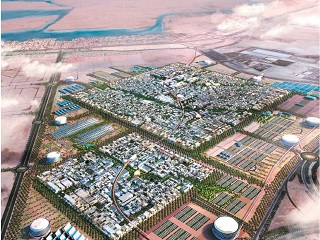Language of Presentation: English
Media Format: Downloadable File
School Level: Middle/High School
Institution/Provider: Ocean City School District
Author: Cholehna Weaver
Collection:
Condition of Use: Fair Use for Education Description:
One of the five themes of Geography is human-environment interaction. Throughout history, people have found ways to change, adapt to, and exist within the environment. As populations continue to grow and there is need for increased urbanization around the world, it is vital that governments, communities, and individuals consider and explore the most sustainable options. Population growth is central to many of the environmental, social, and political issues we face today. One of the primary objectives of the Social Studies teacher is to educate students on the impact of human numbers and lifestyles of the surrounding world to ensure that we leave a sustainable future for generations to come. As students examine population changes and examine effects on resources, population education is relevant and cross-curricular. The unique geography of the Middle East produces challenges for a rapidly growing and urbanizing population as the availability of resources for the increasing demands continues. While much of the focus on carbon emissions is centered on big businesses and energy consumption, much of the human use of resources in the future will occur in densely populated regions and cities. The planning and construction of cities will determine the future of how individuals use natural resources and impact environmental quality within an urban context. This series of lessons presents the broad challenges associated with global urbanization and analyzes possible steps and plans to achieving a more sustainable urban environment as new cities are established around the world. Masdar City provides a unique view of how changes to the structural makeup of a city can provide lasting impacts for a community within a desert landscape. The lesson is broken into multiple sections beginning with an examination of population growth as it relates to urbanization, challenges associated with crowded cities, and an examination of new technologies being rolled out around the world, specifically in Masdar City, aimed at producing a more sustainable city model. Links and videos are embedded within the PowerPoint and throughout the lesson plan that can serve as supplements and extensions based on classroom need, student interest, and background knowledge. The format of the lesson lends itself to be taught in a variety of formats including whole class, individual student research, or in some cases, a flipped-classroom model. The culminating activity provides an opportunity for the synthesis of discussions, research, and personal creativity as students make suggestions of how to design cities of the future to better meet the impending challenges and environmental status within a rapidly urbanizing world.
>

